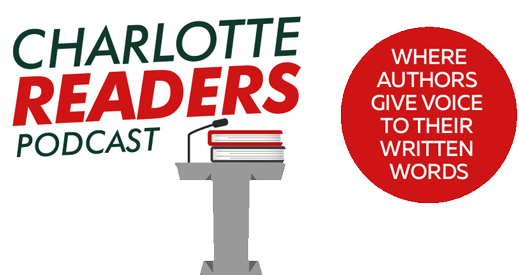Eight Tips for Eight Months of Editing
Writer: Elaine Kelly
In 2020 I wrote a novel. I spent many hours, weeks, and months researching the historical time and culture, various interpretations of women in the gospel stories, and deciding on the stories and backstories to include. I thought I was done. But I have spent eight months in 2021 editing, and I know the novel is better because of it. Here are eight tips for editing for eight months:
- Character Development: Early in 2021 I went through the novel from beginning to end, adding details to develop my characters. I looked up free images online that aligned with my idea of twelve women in my novel and added details of their hair and clothing to my story. I added their childhood and families, their fears and hopes, likes and dislikes, strengths and struggles.
- Context: I looked at each scene and added details about where the characters were, and what they were doing, if they were standing or sitting or working. What they were cooking or eating, smelling or seeing. I added activities or actions that might mirror the thoughts and internal conflicts.
- Themes: My goal is to empower and inspire today’s readers by showing women who have been forgotten or belittled. In addition, I want to show today’s religious leaders that Jesus called and trained women to be disciples and apostles. After brainstorming with my sister, I changed my title to focus on the theme and main characters: Out of Brokenness: The Forgotten Followers.
- Plot: My first draft seemed like a series of anecdotes, so I changed it so that each sentence moved forward either the plot or the character arc. I created a chart showing which chapters had the main character making progress towards her goal, and which chapters had her struggling with a crisis. My chart revealed where I needed to add a crisis and what to subtract from the final denouement.
- First Chapter: After looking again at my story, I realized there was an exciting crisis in chapter five – I needed to move that to chapter one to capture the reader’s interest, to show the reader what was at stake for the characters. It meant re-writing the chapters prior to that crisis, with my character reviewing events that led to that crisis.
- Dialogue: Next I edited each dialogue from beginning to end. Was it realistic? Did one person’s comments flow from another’s? Were there unrealistic monologues? Did the words suit the character’s personality? Was the dialogue only used when it was the best choice? Could I avoid adverbs by using better verbs? Were my dialogue tags distracting?
- Point of View: In the third person point of view, it can be a challenge to engage the reader with the characters. Where my first draft described the thoughts or feelings of various characters, those had to be removed and revealed only by what my main character could see by body language or hear by dialogue. Now the reader only sees the point of view of the two main characters, each with their own character arc, conflicts and goals. Since each chapter has only one character’s point of view, I had to move some scenes to different chapters. Author narration also had to be removed, presenting any history, geography, or theology naturally from the main character’s point of view.
- Language: From the beginning, I wanted to use only today’s everyday language, avoiding words unique religion or church. I recently learned about features of Word in addition to the word count. You can have Word identify issues with punctuation, clarity, conciseness, inclusiveness and vocabulary by selecting File/Options/Proofing and clicking the box for writing style/Settings. Next, click Review/Editor, either change or ignore the issues and then Editor will provide a summary of your sentence and paragraph length, reading ease and grade level, and any passive sentences. Lastly, click Review/Read Aloud and the laptop will read your document aloud. Hearing it read makes it easy to notice unclear pronouns, dialogue that doesn’t flow, overlapping words, or awkward sentences.
These are some of the main ideas I have researched and employed in editing my work-in-progress, and I am nearly ready to submit it for professional editing. I cannot wait until my rough stone is polished as a gemstone and shared with you!
About the Writer
 Elaine Kelly writes books and blogs that inspire and empower readers, especially women, to be your best self, to do all you were created to do. Read provocative reflections, insights, and perspectives. Elaine Kelly became an author after experiencing life as a financial advisor, community volunteer, daughter, sister, wife, mother and grandmother. Elaine and her husband live in a small town in Ontario, Canada with their little dog, Chip.
Elaine Kelly writes books and blogs that inspire and empower readers, especially women, to be your best self, to do all you were created to do. Read provocative reflections, insights, and perspectives. Elaine Kelly became an author after experiencing life as a financial advisor, community volunteer, daughter, sister, wife, mother and grandmother. Elaine and her husband live in a small town in Ontario, Canada with their little dog, Chip.
Website: elainekelly.ca
